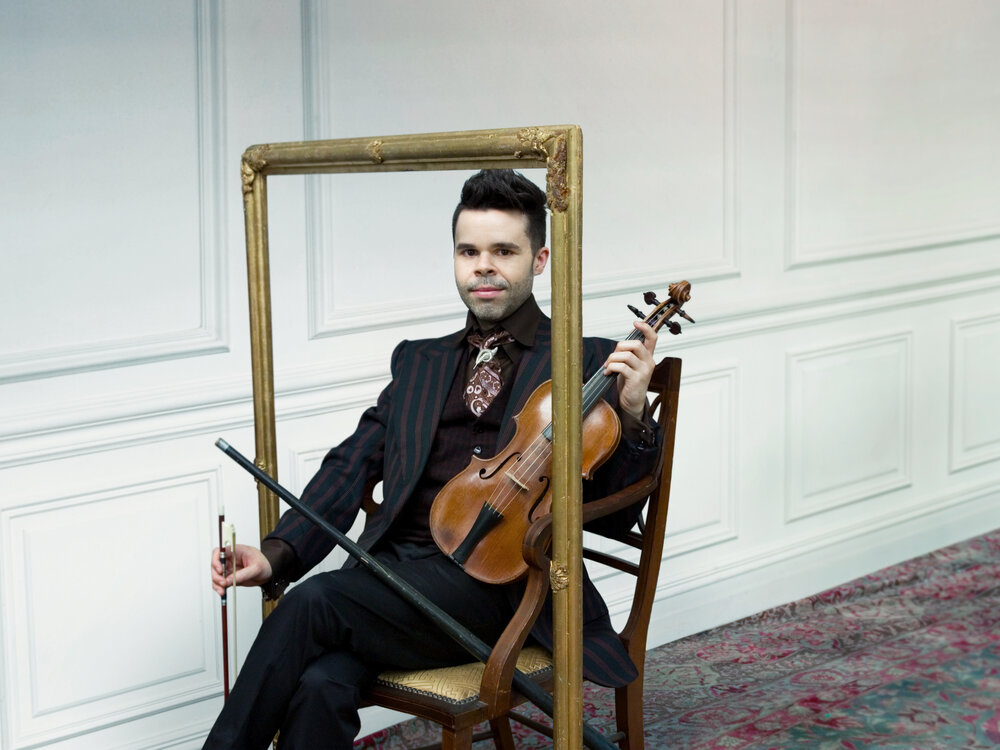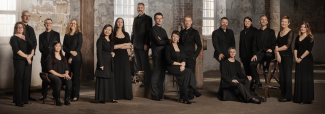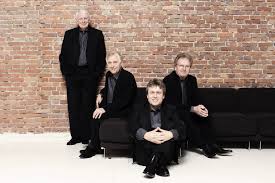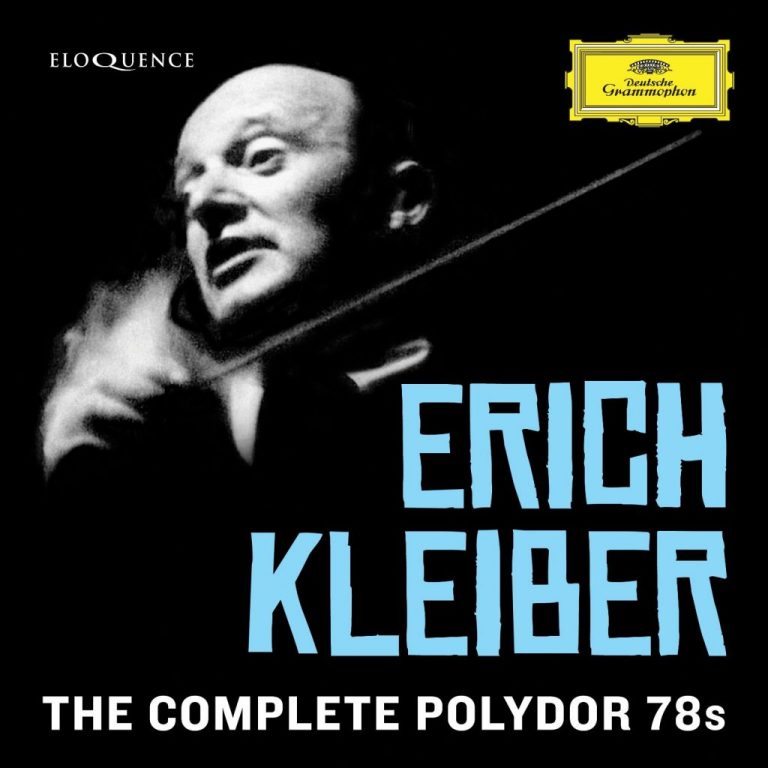Concert Review: Prussian Quartets/ Australian Haydn Ensemble
Australian Haydn Ensemble/Prussian Quartets
City Recital Hall,
14 March.
Chamber music of Classical refinement and elegance, was the theme in the Australian Haydn Ensemble’s presentation of Prussian Quartets, string quartets by Ignaz Pleyel, W A Mozart and F J Haydn, composers linked inextricably in history. Performed live in Sydney, the concert was also streamed on Melbourne Digital Concert Hall.
The three quartets, Pleyel’s String Quartet in G minor Ben. 339, Mozart’s String Quartet No. 23 K 590 in F major and Haydn’s String Quartet Op. 50 No. 1 in B flat major were all composed within four years of each other – 1786, 1790 and 1787, respectively and bear this description because they were all dedicated to King Friedrich Wilhelm II, a devotee of the arts and a keen cellist.
The ensemble, comprised Artistic Director and founder Skye McIntosh, first violin, playing a 1770 violin by Tomaso Eberle from Naples, Matthew Greco, second violin, playing a 1760 instrument by David Christian Hope from Quittenbach , Karina Schmitz, viola, playing a 2011 reproduction of a 1793 viola by Francis Beaulieu in Montreal, of a of a 1793 violin by Pietro Giovanni Mantegazza of Milan and Daniel Yeadon playing a 1781 cello by William Forster II of London, created a very well-matched sound.
Music by the Austrian-Frenchman Pleyel, is relatively rarely heard today. He is certainly well known for the piano firm he founded, Pleyel et Cie which provided pianos used by Frédéric Chopin. The firm also ran a concert hall, the Salle Pleyel, in which Chopin performed his first and final Paris concerts. The String Quartet in G minor Ben. 339 is very appealing. Written in just three movements, the final movement extends to embrace an Allegro moderato, Menuetto cantabile and an Allegro. The four instruments are treated equally, unlike the two works to follow. The second movement, Adagio non troppo was most mesmerising, played con sordini the ensemble infusing the imitative figures with swells and sighs through the movement.
The string quartets by Mozart and Haydn give unabashed eminence to the cello, in honour of the king to whom these works were dedicated. Mozart’s String Quartet No. 23 K 590 in F major was written late in his life and the last of the three dedicated to the king. It demonstrates a maturity with confident tweaking of convention borne of writing 22 prior string quartets. The ensemble develops and shares the themes, the fourth movement Allegro, delighting with its madcap, dizzying motifs, pursued in turn by the four players.
The silvery grey backlight changed to a warm and rosy hue for the final piece, Haydn’s String Quartet Op. 50 No. 1 in B flat major, also written in four movement with the cello’s pedal point an underlying theme. In this piece too Haydn took liberties with convention, playing with rhythm, form and harmonies, which the musicians illustrated to the full – notably the trick ending to the final movement.
There was some obstinacy from the instruments in responding to tuning, perhaps an objection to the deluge outside and the desiccated interior of the air-conditioned hall. With patient tuning, it was, nonetheless, enchanting repertoire, played in fine style. The Australian Haydn Ensemble performed with artful phrasing and graceful ornamentation, presenting an insight into a style of music, life and manners which came tumbling down with the French Revolution. They created a sound that was cohesive and beautifully blended in timbre and balance. The empathy amongst the players was in evidence as four players who very much perform as one.
Shamistha de Soysa for SoundsLikeSydney©








Can you be more specific about the content of your article? After reading it, I still have some doubts. Hope you can help me.